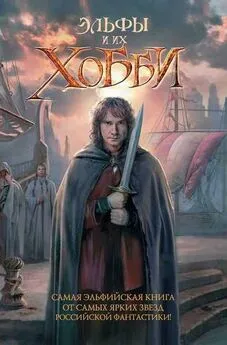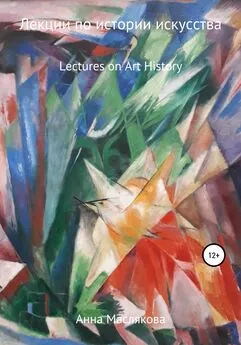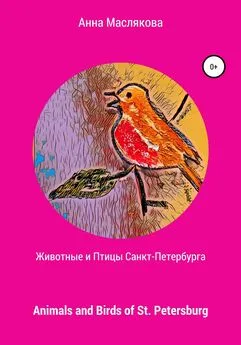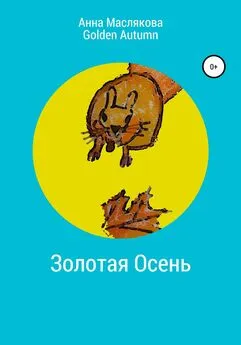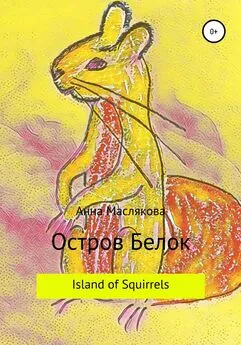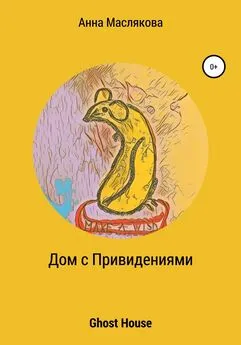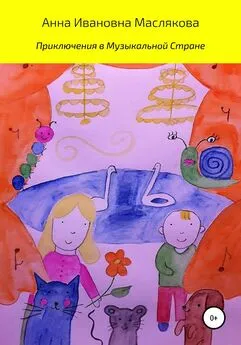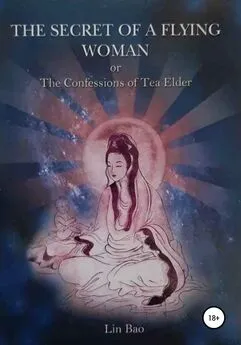Анна Маслякова - The History of Philosophical Ideas and Their Expression in Art
- Название:The History of Philosophical Ideas and Their Expression in Art
- Автор:
- Жанр:
- Издательство:неизвестно
- Год:2020
- ISBN:978-5-532-04940-6
- Рейтинг:
- Избранное:Добавить в избранное
-
Отзывы:
-
Ваша оценка:
Анна Маслякова - The History of Philosophical Ideas and Their Expression in Art краткое содержание
The History of Philosophical Ideas and Their Expression in Art - читать онлайн бесплатно ознакомительный отрывок
Интервал:
Закладка:
The main lasting contribution of this early Medieval period is in defining and exploring philosophical issues having to do with the relationship between Religious Faith and Philosophical traditions of Antiquity. The basic distinction is between creation that Emanates from the very being of the Divine and Creation that have been brought into being out of nothing, ex nihilo. Thomas Aquinas, feeling that there is a potential in Aristotle’s “Metaphysics” for being compatible with Christianity, insists that God is not an essence, a form of all forms, but the source of existence. That is to say, it is not form or matter that courses existence (materia signata), but God is giving the Actuality of existence to a combination of form and matter which otherwise would be pure potential (materia prima).
Among the alternatives to Platonism one should also mention Nominalism and Conceptualism. What Nominalists are saying is that the classic kind of metaphysical explanation for the orderliness of nature and for cosmic justice that goes back to Anaxagoras’ Nous, Heraclitus’ Logos and the developing theory of forms is false. There are no real forms of transcendent or imminent sort, no abstract general ideas, no universal concepts and only Individuals exist (Roscellinus, William of Ockham). Conceptualists, on the contrary, insist that Universal Concepts exist within our minds and that we do think them separately from particulars (Peter Abelard).
There is a question as to whether or not we think of a Piece Art as an abstract object. It seems to me that Masterpieces of Art and Music cannot be viewed as a “collection of particulars” simply because one could compose a fugue according to the rules or press the keys correctly, and yet, the result could be rather disappointing. There must be some Form of Eternal Existence that “illuminates” artists, inspires them so that even their Particular “mistakes” contribute to the Beauty of their work.
Dialog of Arts II
The Middle Ages started from the Fall of the Western Roman Empire in 476 A.D. With the process of destruction (wars, migrations, upheavals) came the opposite process of creation – the Emergence of the Cristian Religion. And one should not forget that the Early Christians had been persecuted and had had to hide in secret places – catacombs – until Constantine the Great legalized Christianity in 312 A.D. And as the Church organizes itself, a new world appears.
There were nobility living in their castles, peasants and the clergy – educated people who monopolized learning for a very long lime. That is to say, literature (scholarship) was kept alive by Monks in isolated Monasteries. The Church was the center of life and the main function of Music at this point was to Enhance the Spirit of Worship. That is why they preferred to use Vocal Music and were very careful about taking an instrument into the Church. Beautiful Body praised by the Greeks gives way to Spiritual Beauty and heresy becomes very real. In order to appreciate Medieval self-denial one might compare, for example, the Venus of Tauris and the Apse Mosaic from the Church of San Michele in Africisco in Ravenna depicting flat figures of Saints wrapped up in clothes (now in Bode Museum in Berlin).
It was Pope Gregory I (590-604) who organized Music and Texts for the Church and the so-called Gregorian Chant – Monophonic Liturgical Music accompanying Latin words of the Mass – appeared (for instance, “Alleluia: Vidimus Stellam”). Not only does the Liturgy establish the annual Religious Calendar, but it also regulates the order of service and provides specific words for every occasion. The text that parishioners hear every Sunday is called the Ordinary (Kyrie, Gloria, Credo, Sanctus, Agnus Dei) and the opposite of the Ordinary is the Proper which consists of texts appropriate for special days such as feasts – Introit, Gradual, Alleluia, etc.
Music flourished not only in Churches but it was also sung and played outside it, in Courts. By the 12 thand 13 thcenturies we have trouvères and troubadours travelling from kingdom to kingdom and entertaining people. Since the majority of actors and musicians in the Middle Ages were moving from place to place, their performances were staged on carts in public spaces and they used Magnificent Medieval Architecture as Theatrical Scenery, as it were. Interestingly enough, Secular Songs in the Middle Ages were performed not in Latin but in the Vernacular; they were Monophonic, and probably had an improvised accompaniment, and their main themes were not Spiritual Beauty and Self-Denial, but rather Love, War and Chivalry. And there was Instrumental Music and Dance Music, such as Estampie which was written in a triple meter and had a strong, fast beat.
Конец ознакомительного фрагмента.
Текст предоставлен ООО «ЛитРес».
Прочитайте эту книгу целиком, купив полную легальную версию на ЛитРес.
Безопасно оплатить книгу можно банковской картой Visa, MasterCard, Maestro, со счета мобильного телефона, с платежного терминала, в салоне МТС или Связной, через PayPal, WebMoney, Яндекс.Деньги, QIWI Кошелек, бонусными картами или другим удобным Вам способом.
Примечания
1
“Midway upon the journey of our life / I found myself within a forest dark, / for the straightforward pathway had been lost” (Dante. “Divine Comedy”).
2
“Having got a name for his horse so much to his taste, he was anxious to get one for himself, and he was eight days more pondering over this point, till at last he made up his mind to call himself “Don Quixote,” whence, as has been already said, the authors of this veracious history have inferred that his name must have been beyond a doubt “Quixada”, and not “Quesada” as others would have it” (Miguel de Cervantes. “The History of Don Quixote”).
Интервал:
Закладка:


